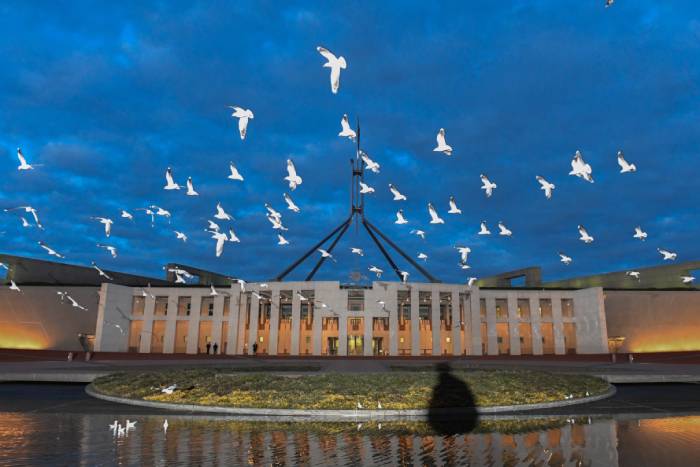Consumer spending habits, productivity and the jobs market are all sources of uncertainty in the Reserve Bank of Australia’s assessment of inflation and interest rates
Underlying inflation remains “too high”, the central bank board once again repeated in Tuesday’s minutes from the November meeting.
While there were no major surprises in the minutes, it did contain a laundry list of scenarios that could lead to the economy evolving differently to staff forecasts.

Some could lead to inflation coming down faster, opening the door to interest rate cuts.
On the other hand, the central bank said interest rates may need to stay elevated and restrictive if the supply capacity in the economy was more limited than understood at the moment.
ANZ head of Australian economics Adam Boyton observed “some guarded references which could imply the board is opening the door to policy easing”.
“That said, any easing in early 2025 would likely require a moderation in trimmed mean inflation – which we expect.”
While the bank’s expectation of cuts in February were under threat from economic indicators landing on the stronger side, Mr Boyton said the tone of the minutes “tempers that risk a little”.
Household spending was flagged as a source of uncertainty in the minutes, along with productivity growth and the labour market.
A sharper-than-expected decline in the latter was considered less likely, however, given underemployment, job ads and other indicators “suggested that the easing in the labour market might have begun to stall or modestly reverse”.
Rental markets could soften more quickly than anticipated, or government energy rebates could weigh on inflation expectations and price indexation by more than expected.

“Members noted that this could warrant an easing in the cash rate target, but that they would need to observe more than one good quarterly inflation outcome to be confident that such a decline in inflation was sustainable,” the minutes said.
While the central bank is still not ruling anything in nor out on its next interest rate move, markets and economists broadly expect the next move to be a cut.
Money markets have not fully priced a rate cut until May 2025, while economists are leaning towards an earlier start.
Three of the big four banks are forecasting the easing to start in February, in contrast to National Australia Bank which last week pushed out its forecast to May with the risk that rates stay on hold deeper into 2025.
NAB head of markets economics Tapas Strickland said the minutes were broadly consistent with the updated call.
“But on our read will require some further loosening in the labour market (which we forecast) and two quarterly inflation prints consistent with further easing in inflation pressures (which we are also forecasting),” he said.




















